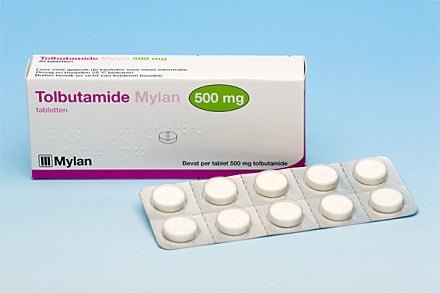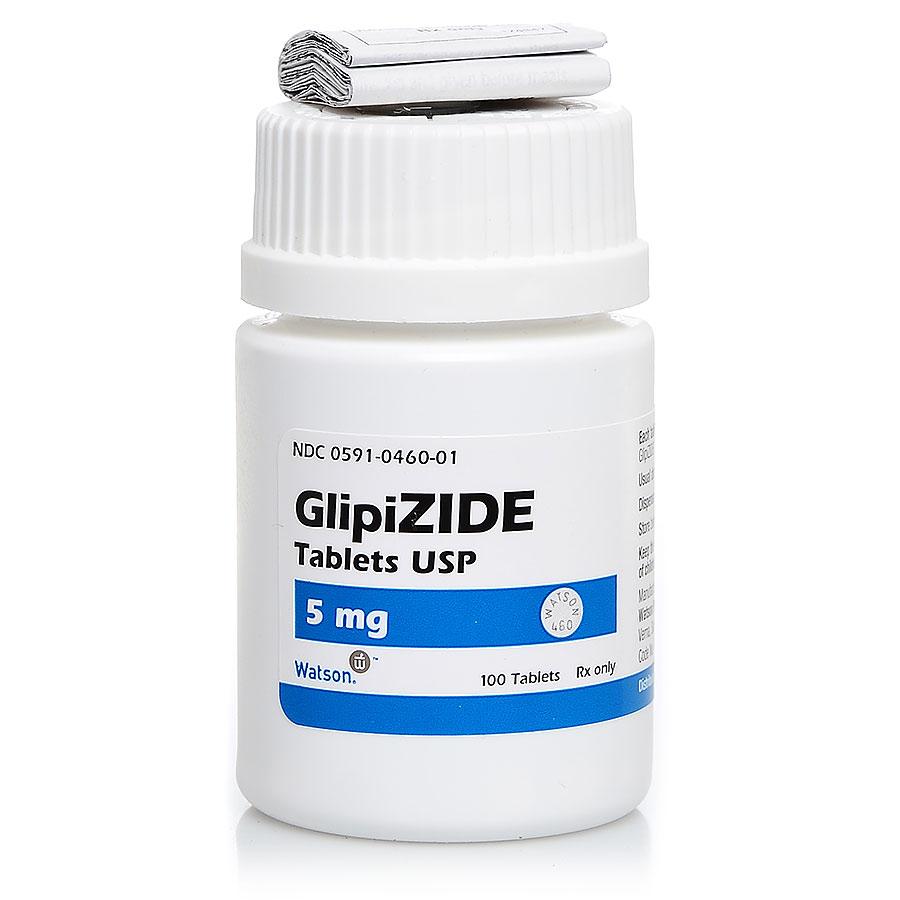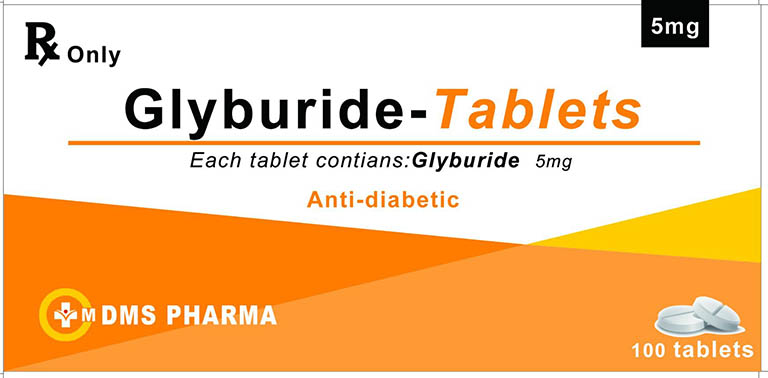Sulfonylureas are a class of oral hypoglycemic drugs used primarily in the treatment of type 2 diabetes. They work by stimulating the pancreas to release more insulin, thereby lowering blood glucose levels. Sulfonylureas bind to specific receptors on pancreatic beta cells, inhibiting potassium channels, which leads to cell depolarization and insulin secretion. Common examples include glibenclamide, glipizide, and gliclazide. While effective, sulfonylureas can cause side effects like hypoglycemia and weight gain. They are typically used when lifestyle changes and other medications, like metformin, are insufficient in controlling blood glucose.
Category: Sulfonylureas
Tolbutamide is a first-generation sulfonylurea medication commonly used to manage type 2 diabetes mellitus. It helps lower blood sugar levels by stimulating the release of insulin from the pancreas. This article covers the pharmacokinetics, pharmacodynamics, uses, side effects, contraindications, drug-drug interactions, and a table of popular brand names with specifications. Structure of Tolbutamide Pharmacokinetics…
Chlorpropamide is a medication belonging to the sulfonylurea class, primarily used in the management of type 2 diabetes. This article explores the drug’s mechanism of action, uses, side effects, contraindications, drug interactions, and provides a table listing its popular brand names, dosages, and specifications. Table of Contents Introduction Mechanism of Action Uses Side Effects Brand…
Glipizide is a widely used medication for managing type 2 diabetes. As part of the sulfonylurea class of drugs, it helps control blood glucose levels by stimulating insulin secretion from the pancreas. This article discusses the uses, mechanism of action, popular brands, dosage, side effects, and contraindications of glipizide. What is Glipizide? Glipizide is an…
Glibenclamide, also known as glyburide, is an oral hypoglycemic agent commonly used in the management of Type 2 diabetes mellitus. It belongs to the class of drugs called sulfonylureas and works by stimulating insulin release from the pancreas. Mechanism of Action Insulin Release Stimulation Glibenclamide binds to specific receptors on pancreatic beta cells, inhibiting ATP-sensitive…


